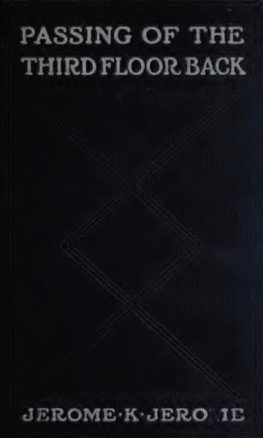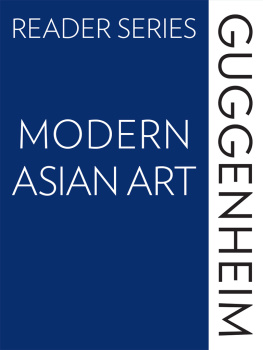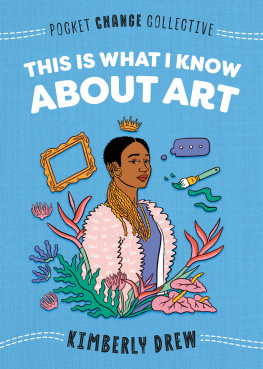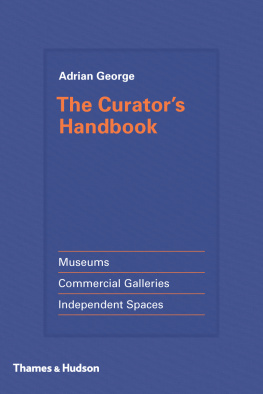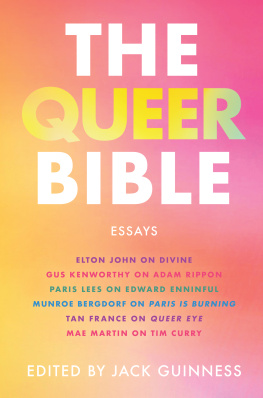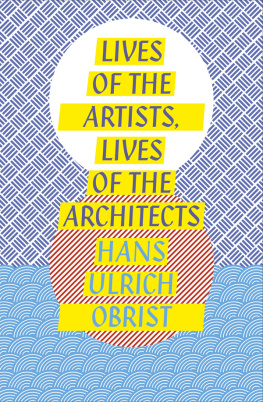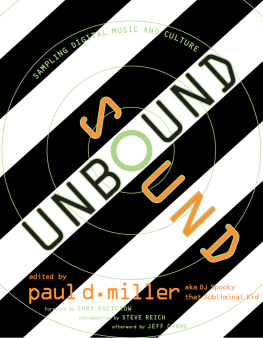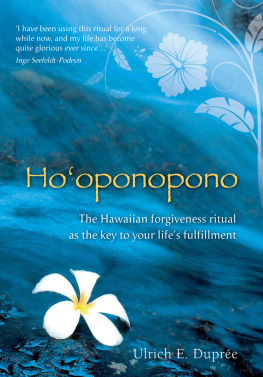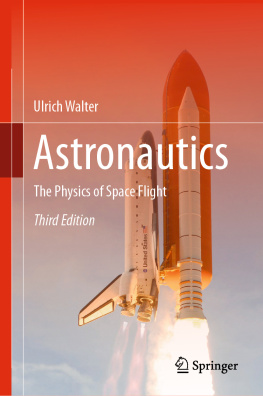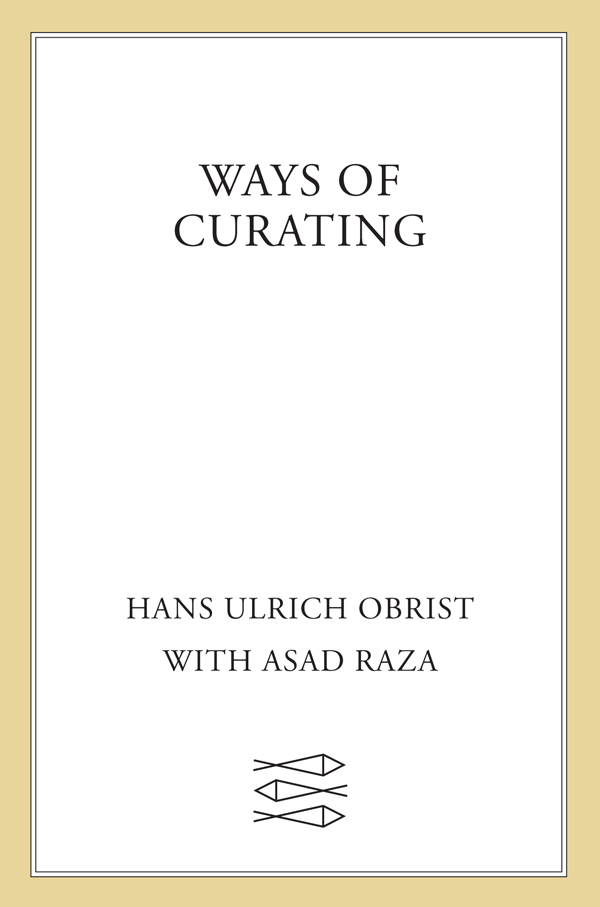Contents
Guide

The author and publisher have provided this e-book to you for your personal use only. You may not make this e-book publicly available in any way. Copyright infringement is against the law. If you believe the copy of this e-book you are reading infringes on the authors copyright, please notify the publisher at: us.macmillanusa.com/piracy.
This book is dedicated to the memory of David Weiss (19462012)
Prologue: The Way Things Go
Switzerland is a landlocked country. Without access to the sea, circumscribed by the Alps, the place is famously insular: there are hurdles between Switzerland and the nations that surround it. Yet it is also a crossroads, lying at the centre of a continent. Perhaps these simple facts explain, in part, the number of curators who come from there. Switzerland is both a polyglot culture that speaks the languages of the three countries which surround it, and a space apart that does not admit new influences without a process of selection. There is a fundamental similarity to the act of curating, which at its most basic is simply about connecting cultures, bringing their elements into proximity with each other the task of curating is to make junctions, to allow different elements to touch. You might describe it as the attempted pollination of culture, or a form of map-making that opens new routes through a city, a people or a world.
On his departure from Switzerland in 1970, the writer Paul Nizon left, as his farewell, a book-length critique of what he called its discourse of narrowness: its conservatism, its lack of movement, its lack of metropolitan bricolage , or mixing. Nizon accused the country of a dangerous self-sufficiency. In Switzerland, according to Nizon, beauty was for the rich and luxury was hidden as a form of false modesty. This was his portrait of the country where I was born in 1968. One might observe, however, that these conditions also create the impulse to overcome them, even for Nizon himself. Resources are so often generated by constraints, and unsatisfying conditions incite the imagination of new possibilities. Like Nizon, I eventually left the country in order to expand my sense of the world. Yet, when I look back at my early years in Switzerland, I find almost all the interests, themes and obsessions that have shaped my entire trajectory appeared very early in a series of encounters with places and people: museums, libraries, exhibitions, curators, poets, playwrights and, most importantly, artists.
In 1985, when I was sixteen, I saw Peter Fischli and David Weisss exhibition at the Kunsthalle Basel, and it struck me deeply. A few weeks later, I came upon a copy of a book by the two artists called Pltzlich diese bersicht (or Suddenly This Overview ). It contained photographs of a series of hand-modelled, unfired clay sculptures, forming a series of highly varied and often dryly funny vignettes a clay mouse and a clay elephant of the same size marked Big and Small ; two forlorn figures in overcoats labelled Strangers in the Night, Exchanging Glances ; a Japanese rock garden drolly transmuted into three lumps. The works depicted both the auspicious and the deeply inauspicious moments of history in the same irreverent style. They showed an impulse to explore, map and collect human scenarios, with a combination of great scope and miniature scale. I looked at it daily. After some months, I found the courage to ring Fischli and Weiss at their studio in Zurich, and propose that I visit them. They said I was very welcome.
At the time, they were working on a project that was to become one of their most iconic, a film called The Way Things Go , in which a series of everyday objects and machine parts roll, topple, burn, spill or otherwise propel themselves forwards to create an extended chain reaction of miraculous causes and effects. Allegorizing contingency and entropy just as much as they convey Fischli and Weisss mischievous humour and amazingly creative experimentalism, these chemical and physical sequences create the illusion that the objects have mysteriously achieved independence from human control. The Way Things Go imparts a strong sense of the artists pleasure in the process of arts production, in the taking-apart and putting-together of things, the precision of poise as well as the release of collapse.
At every transition in the film, the viewer is anxious about continuity, which is nevertheless maintained, even though at many points it seems impossible that the crucial energy transfer will occur. Hence, it always seems as if collapse and chaos are imminent, but, frequently, irregularities and exceptions are what prevent the system from coming to a standstill. The film is a journey during which banal objects tip the scales and move the action forward; it is also a journey without beginning or end, without a clearly defined goal. The events in the film cannot be localized, and the distances that have truly been covered cannot be determined. The Way Things Go is a journey from somewhere that leads us somewhere. The journey becomes, as Paul Virilio wrote, a waiting for an arrival that does not occur.
Around the time, Fischli and Weiss began another project, Visible World , which they would continue to work on for fourteen years. The work is a collection of 3,000 small-format photographs arranged and displayed on a specially constructed 90-foot-long light table. In it, elements of our collective visual world are drawn together into an immense collection of details of everyday life. The images are drawn from the four corners of the world, taking in an array of the manifold natural and built environments the places and non-places within which contemporary existence is played out, ranging from jungles, gardens, deserts, mountains and beaches to cities, offices, apartments, airports, famous landmarks like the Eiffel Tower and Golden Gate Bridge, and everything in between. Everyone who comes to the work will find in it his or her world: a Buddhist will find Buddhism; a farmer will find agriculture; a frequent flyer will find aeroplanes. But, like the world itself, Visible World can never be seen in its entirety; it denies the total view.
The two artists always evinced a love of asking questions, often unanswerable. The same year I met them, they also created their Question Pots , which were large vessels displaying a range of questions. Nearly two decades later came Questions , a projected work displaying more than 1,000 existentially themed, handwritten questions, which they showed at the Venice Biennale in 2003. Their book of that year, Will Happiness Find Me? , featured small and big questions of all kinds, continually oscillating between banality and wisdom.
Restless, endlessly surprising and never seeking the limelight (they rarely granted interviews), Fischli and Weiss were the serial inventors of the art world. In photographs, films, sculptures, books and installations they documented everyday objects liberated from their everyday functions and placed in shifting relations to each other. Together the pair created some of the richest, most memorable and profoundly human work of the past three decades. Fredric Jameson once observed that our postmodern era is marked by a waning of affect, a loss of sincerity and authenticity and their wholesale replacement by irony. Yet Fischli and Weiss demonstrated that irony and sincerity could not exist without each other; that, indeed, there is no sincerity like irony.
My first visit to their studio became my eureka moment. I was born in the studio of Fischli and Weiss: that is where I decided I wanted to curate exhibitions, though I had been looking at artworks, collections and exhibitions for most of my adolescence. Fischli and Weiss, masters of questioning, were also the first to ask me what else I had seen, and what I thought of what I had seen, and so I began to develop a critical consciousness, a drive to explain and justify my reactions to art to enter into a dialogue. Because of their works extraordinary range, I also began to think much more globally. Through their work, Fischli and Weiss expanded my definition of art and this is perhaps the best definition of art: that which expands the definition. Their friendship and the interest they took in me began a kind of chain reaction that has never stopped.


